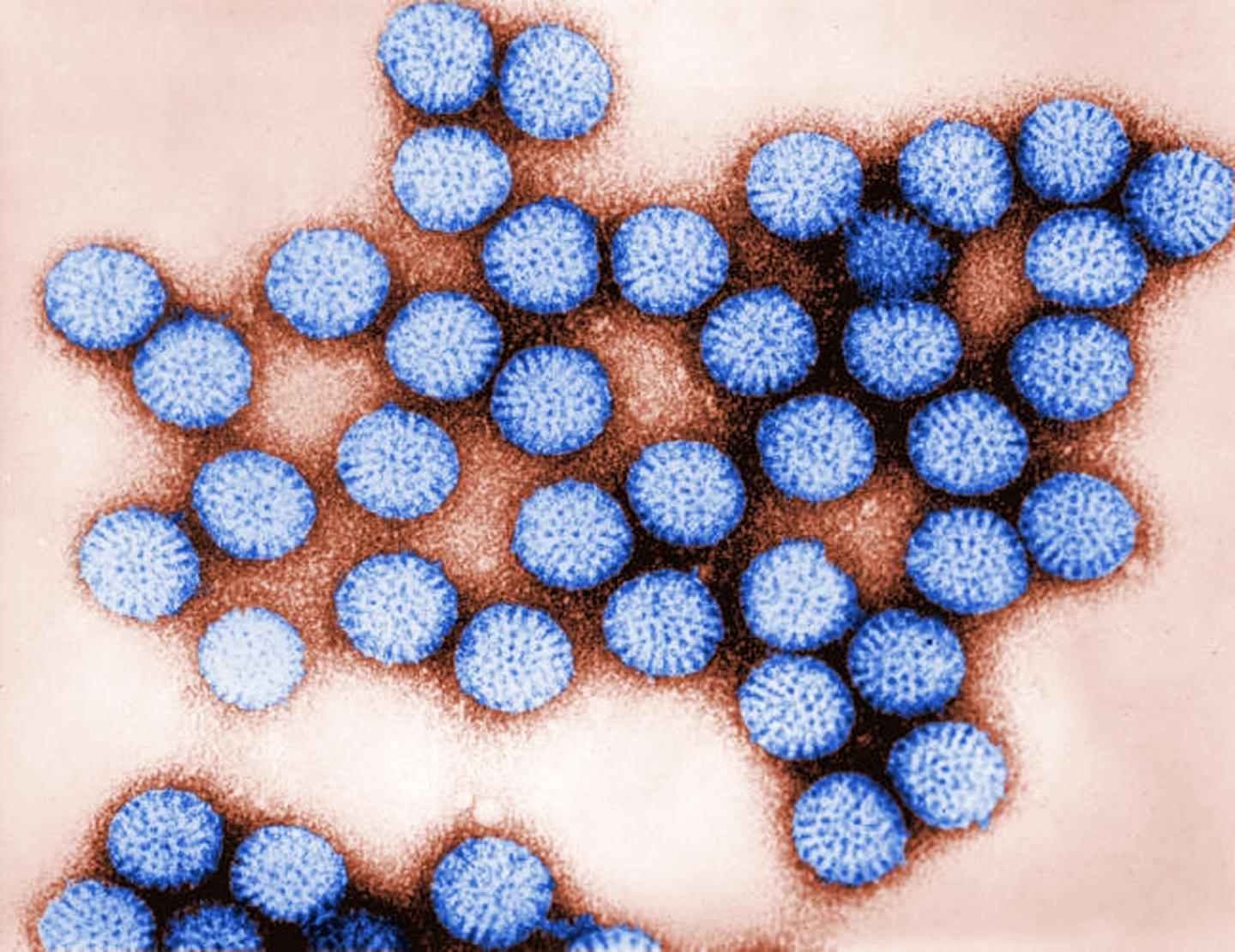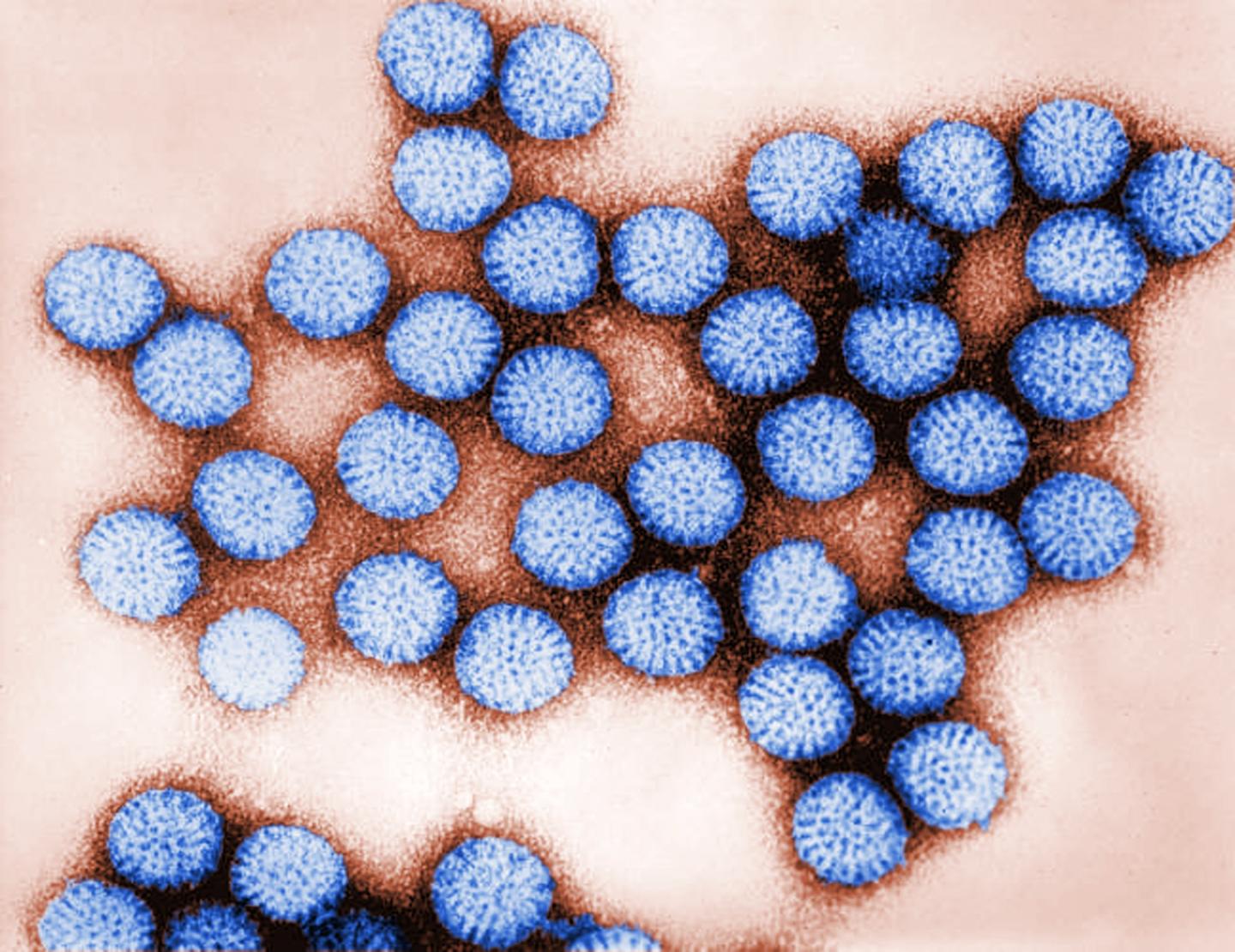
Hospitalization for rotavirus infections decreased by > 70% following the introduction of a vaccine program in Ontario, Canada, according to a study published May 11, 2016 in the open-access journal PLOS ONE by Sarah Wilson from Public Health Ontario and the Institute for Clinical Evaluative Sciences, Canada, and colleagues.
Rotavirus infection may cause acute gastroenteritis, including vomiting, diarrhea, fever, and abdominal pain, and may lead to severe dehydration. Previous research found that for Canadian children infected with rotavirus, one third see a doctor, 15% visit the emergency department, and 7% require hospitalization. The virus is highly infectious and may easily spread to other family members and caregivers of a sick child. In 2011, Ontario became one of the first Canadian provinces to implement a universal, publicly funded rotavirus immunization program for babies at 2 and 4 months of age. With data spanning eight years, the authors of this study analyzed > 860,000 hospitalization and emergency department records for rotavirus infection and acute gastroenteritis, both before and after the introduction of the program.
While data from only one complete rotavirus season was included in the analysis, the authors found that the number of children and adults showing up at Ontario hospitals with acute gastroenteritis dropped considerably after the introduction of the rotavirus vaccine program. Since seasonal oscillations can be observed in rotavirus infection rates, the authors intend to extend their analyses in the future to confirm their findings.
"We were very excited to see the significant impact of the rotavirus vaccine program. Hospitalizations in Ontario due to rotavirus infection were reduced by 71%, and emergency department visits dropped by 68%," says Dr. Sarah Wilson, lead author of the study. "We expected to see a drop for babies and toddlers who were vaccinated under this program. What's particularly interesting is we saw the drop even in older kids who were too old to receive the publicly funded rotavirus vaccine, which means that protecting babies against illness also benefited older children."
###
Adapted by PLOS ONE from release provided by the author
In your coverage please use this URL to provide access to the freely available paper: http://dx.plos.org/10.1371/journal.pone.0154340
Citation: Wilson SE, Rosella LC, Wang J, Le Saux N, Crowcroft NS, Harris T, et al. (2016) Population-Level Impact of Ontario's Infant Rotavirus Immunization Program: Evidence of Direct and Indirect Effects. PLoS ONE 11(5): e0154340. doi:10.1371/journal.pone.0154340
Funding: This project was funded by Public Health Ontario (http://www.publichealthontario.ca) and conducted at the Institute for Clinical Evaluative Sciences (ICES), which is funded by an annual grant from the Ontario Ministry of Health and Long-Term Care. The funders had no role in study design, data collection and analysis, decision to publish, or preparation of the manuscript.
Competing Interests: The authors have declared that no competing interests exist.
Media Contact
Beth Jones
[email protected]





